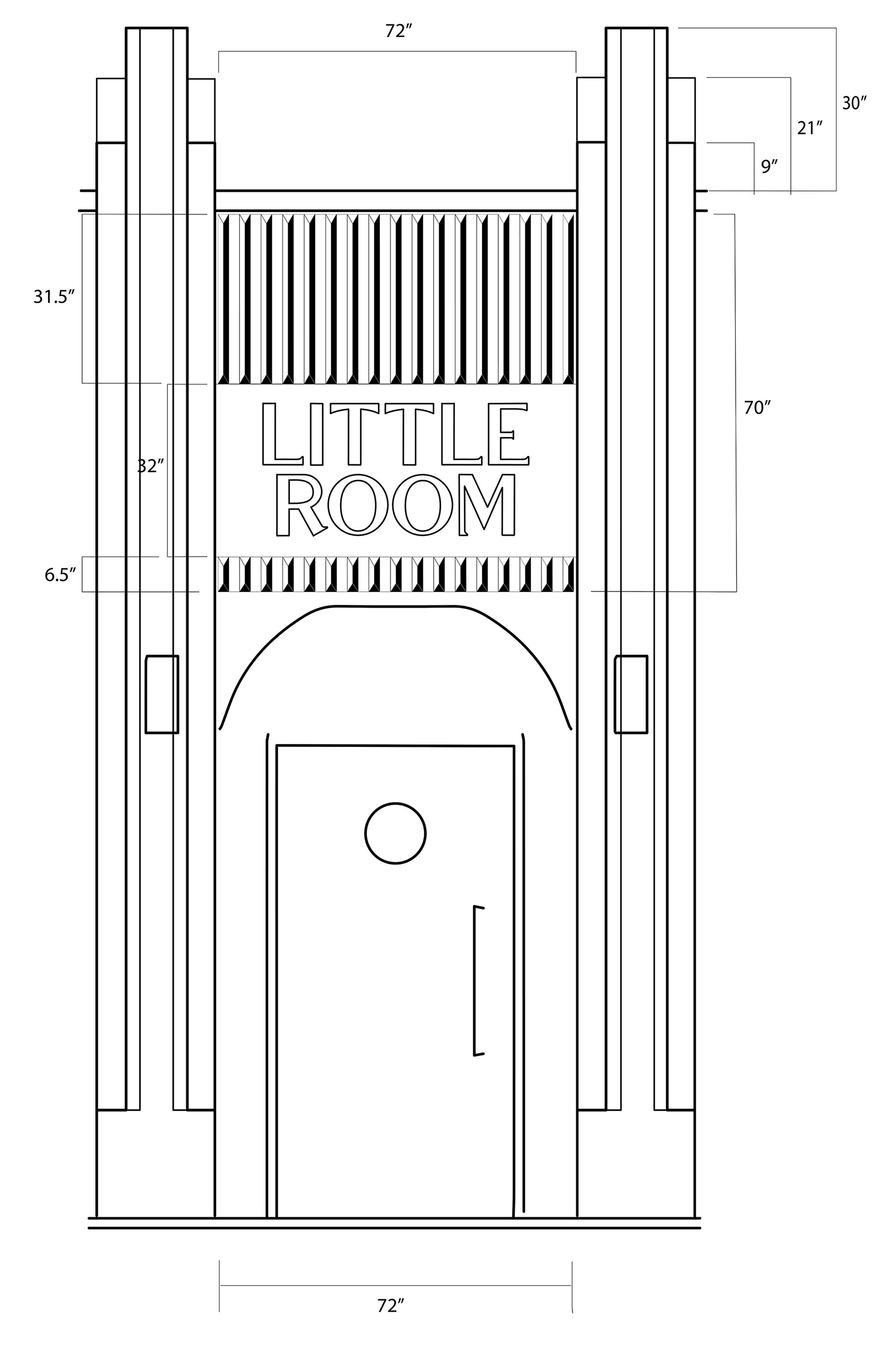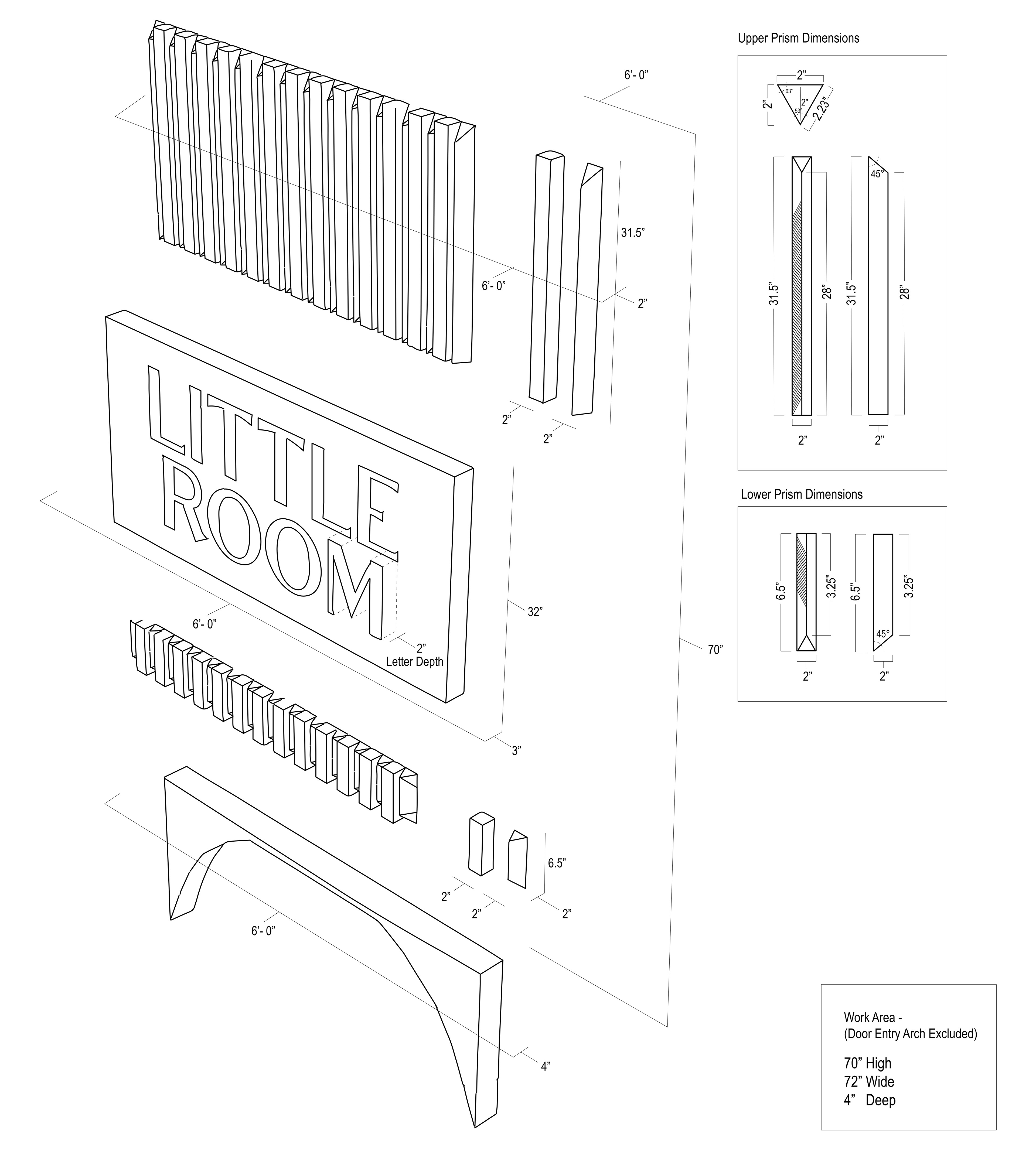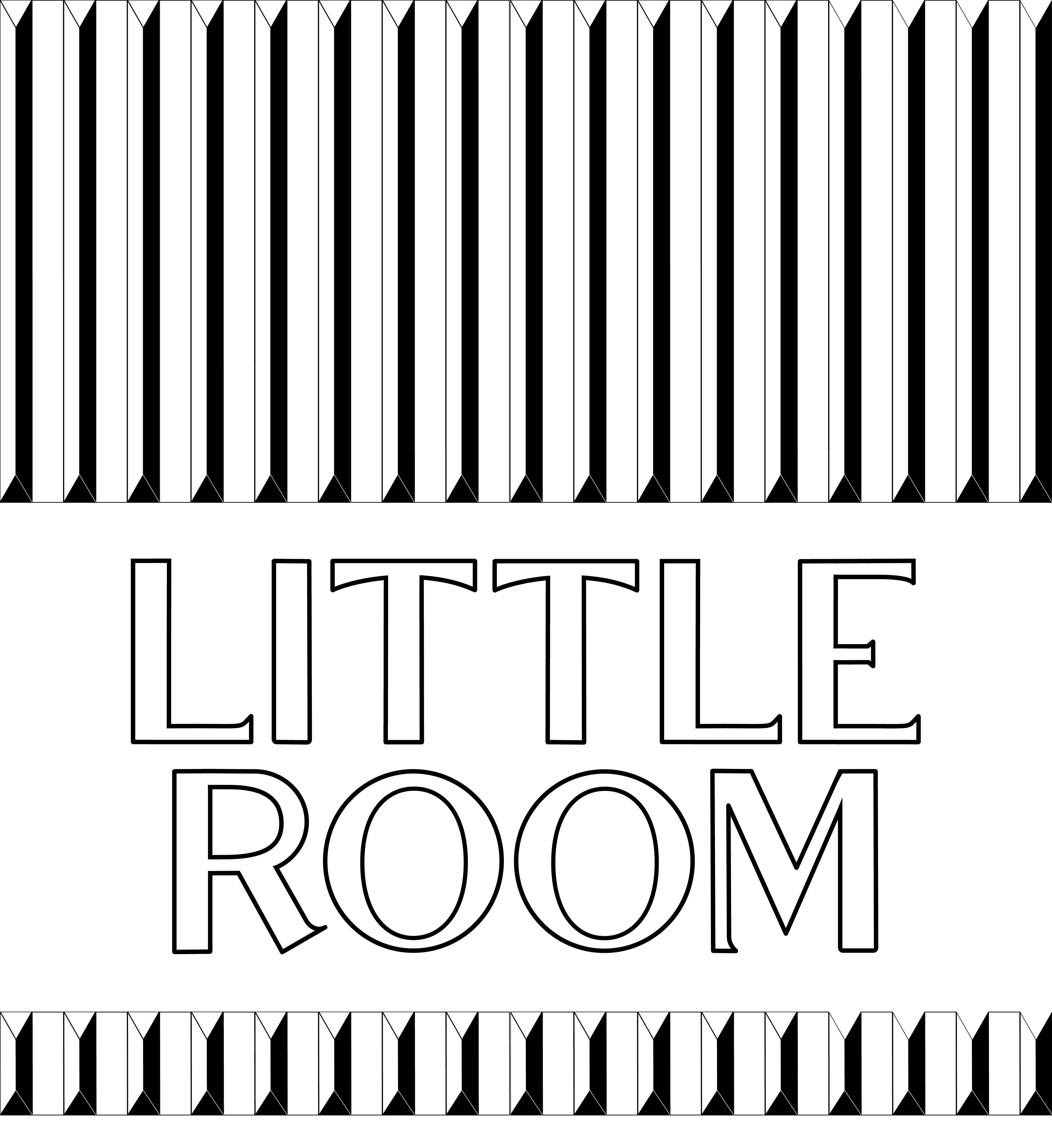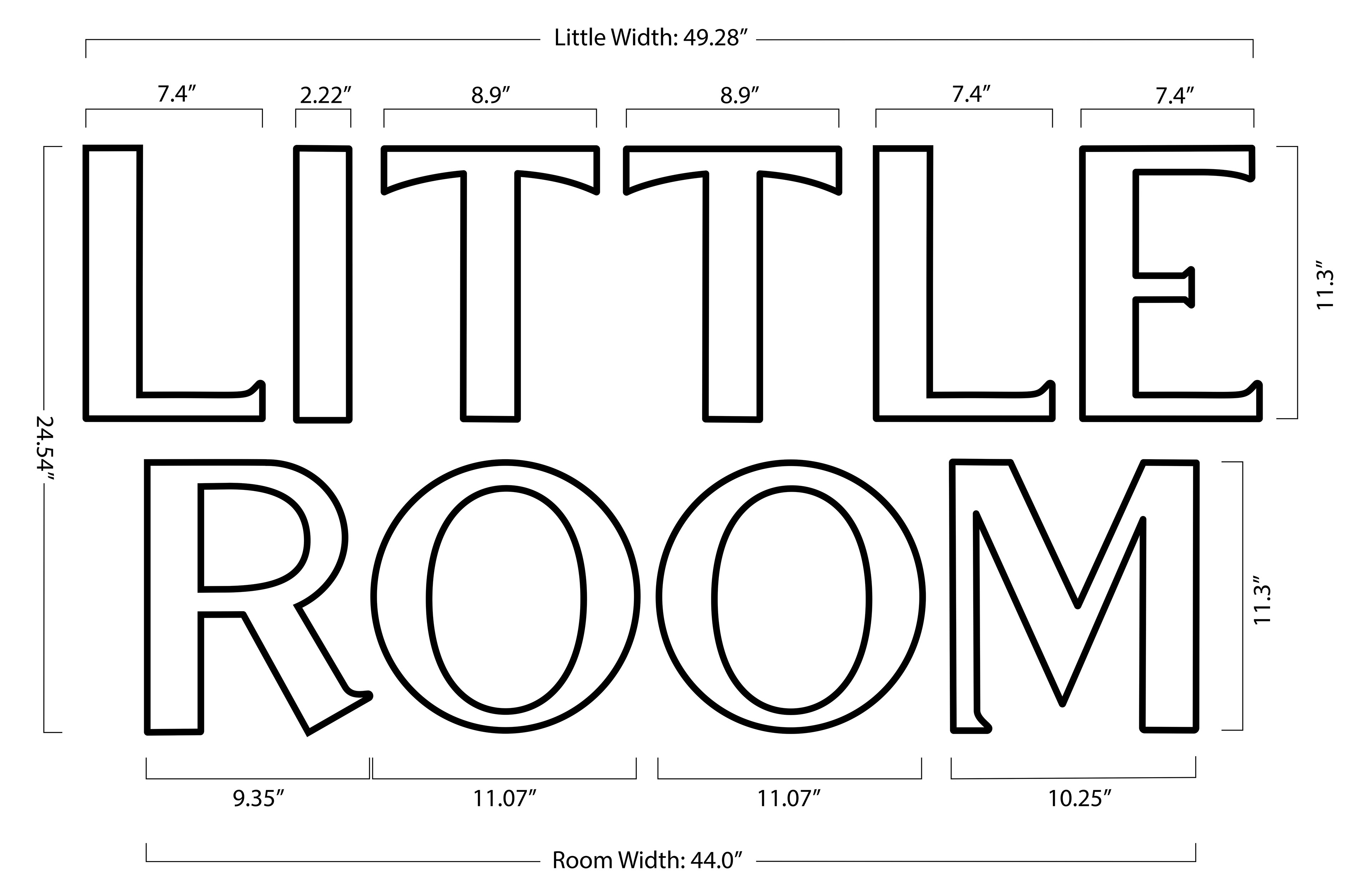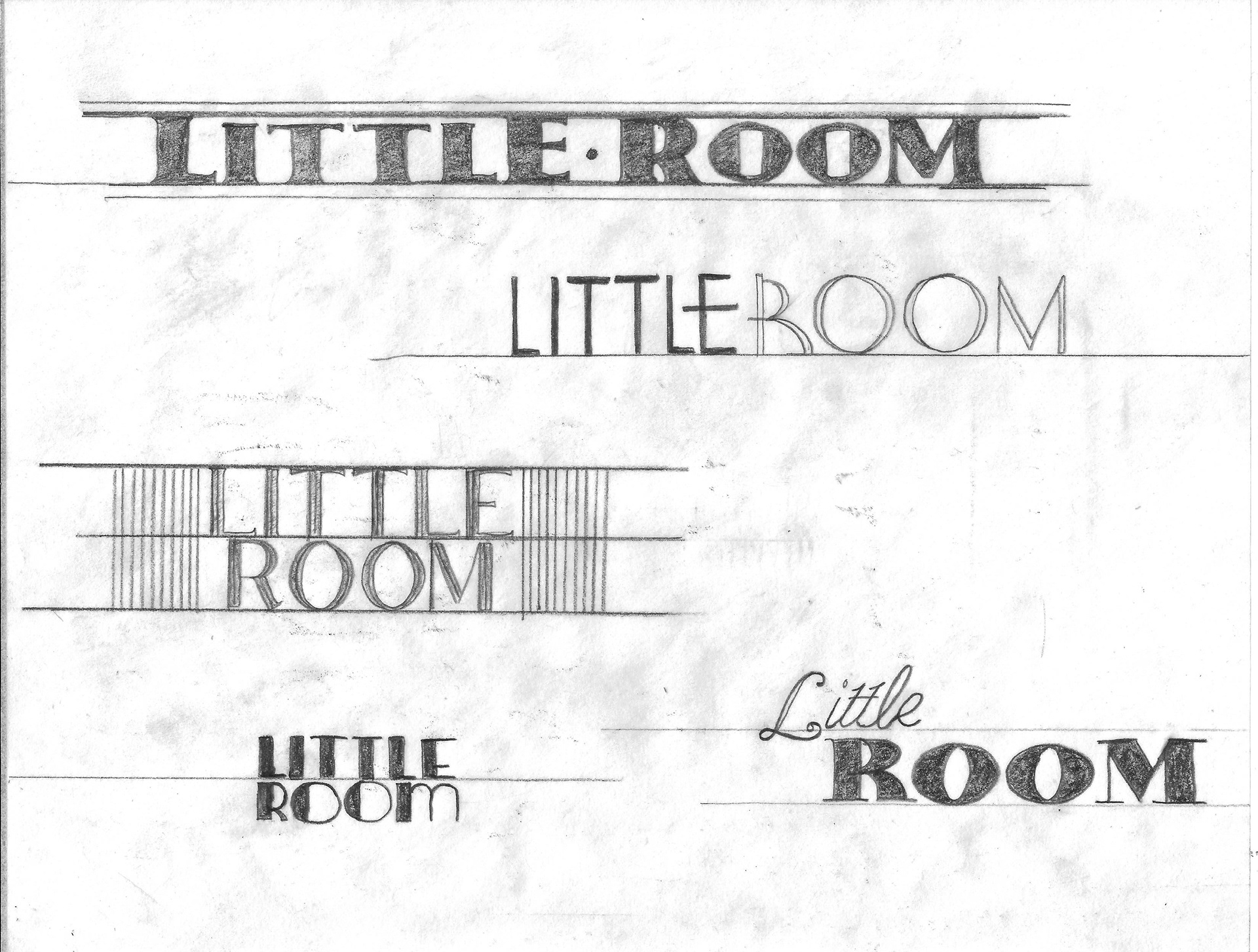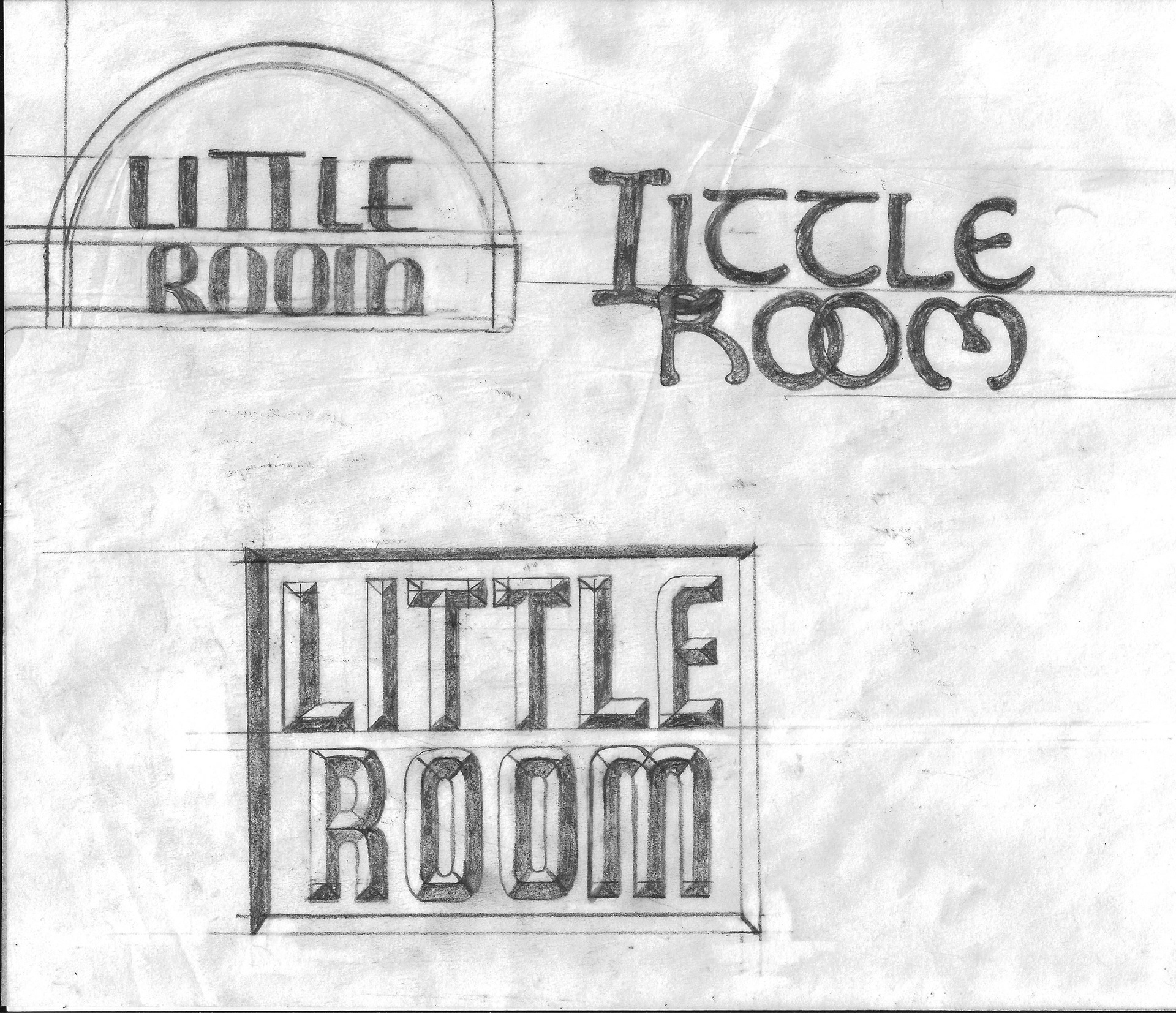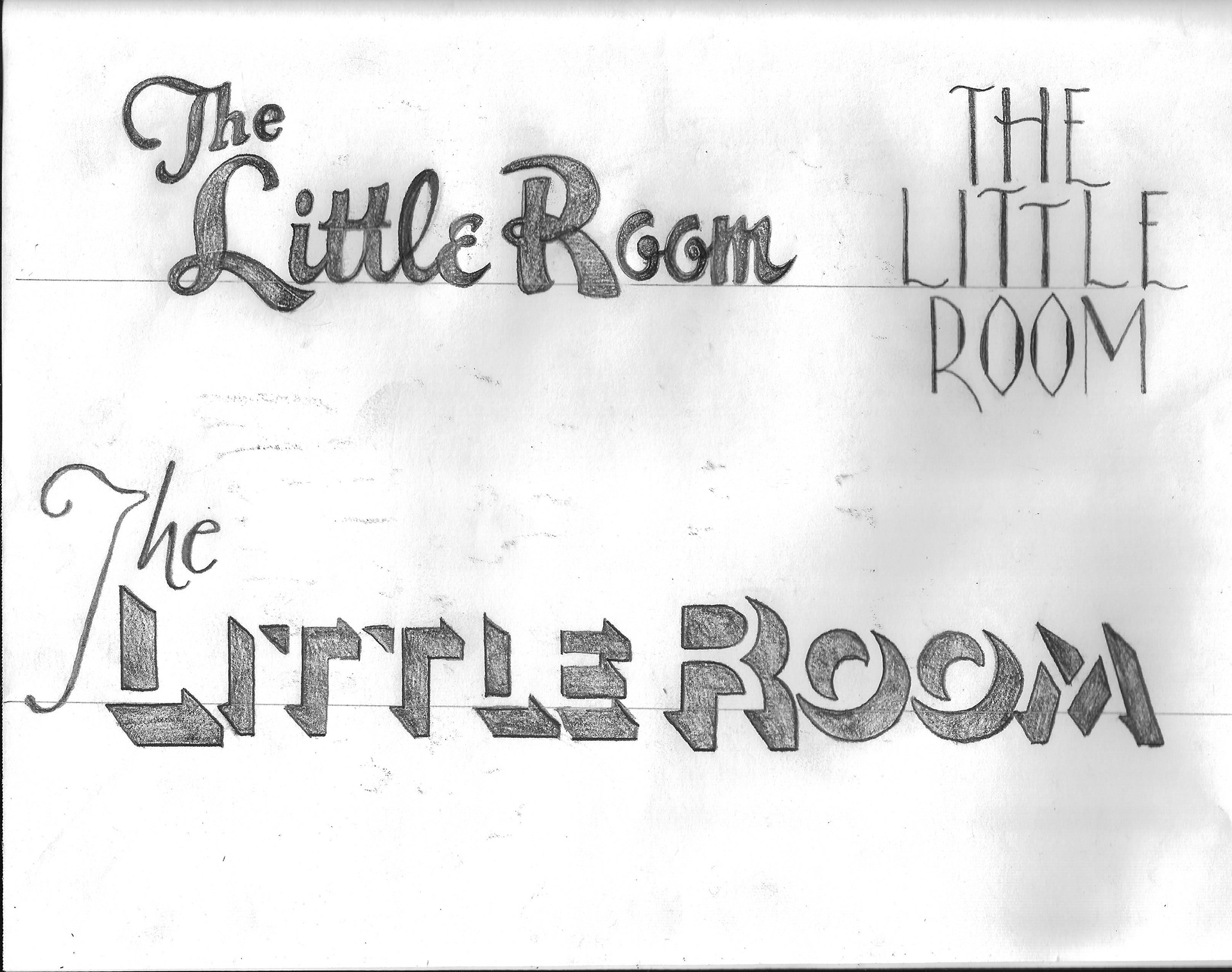PROJECT: THE LITTLE ROOM
ROLE: LETTERING / LOGO BRANDING
ARCH-VIS RENDERING
ARCH-VIS RENDERING
PENCIL, ADOBE ILLUSTRATOR,
AUTODESK MAYA, UNREAL ENGINE
AUTODESK MAYA, UNREAL ENGINE
THE LITTLE ROOM | LOS ANGELES
The Little Room team brought me on to design a logo for a new restaurant built around the idea that it had occupied the same Los Angeles location since the 1920s. The concept imagined a space that began with Art Deco roots and gradually evolved, layering on design elements from each passing decade.
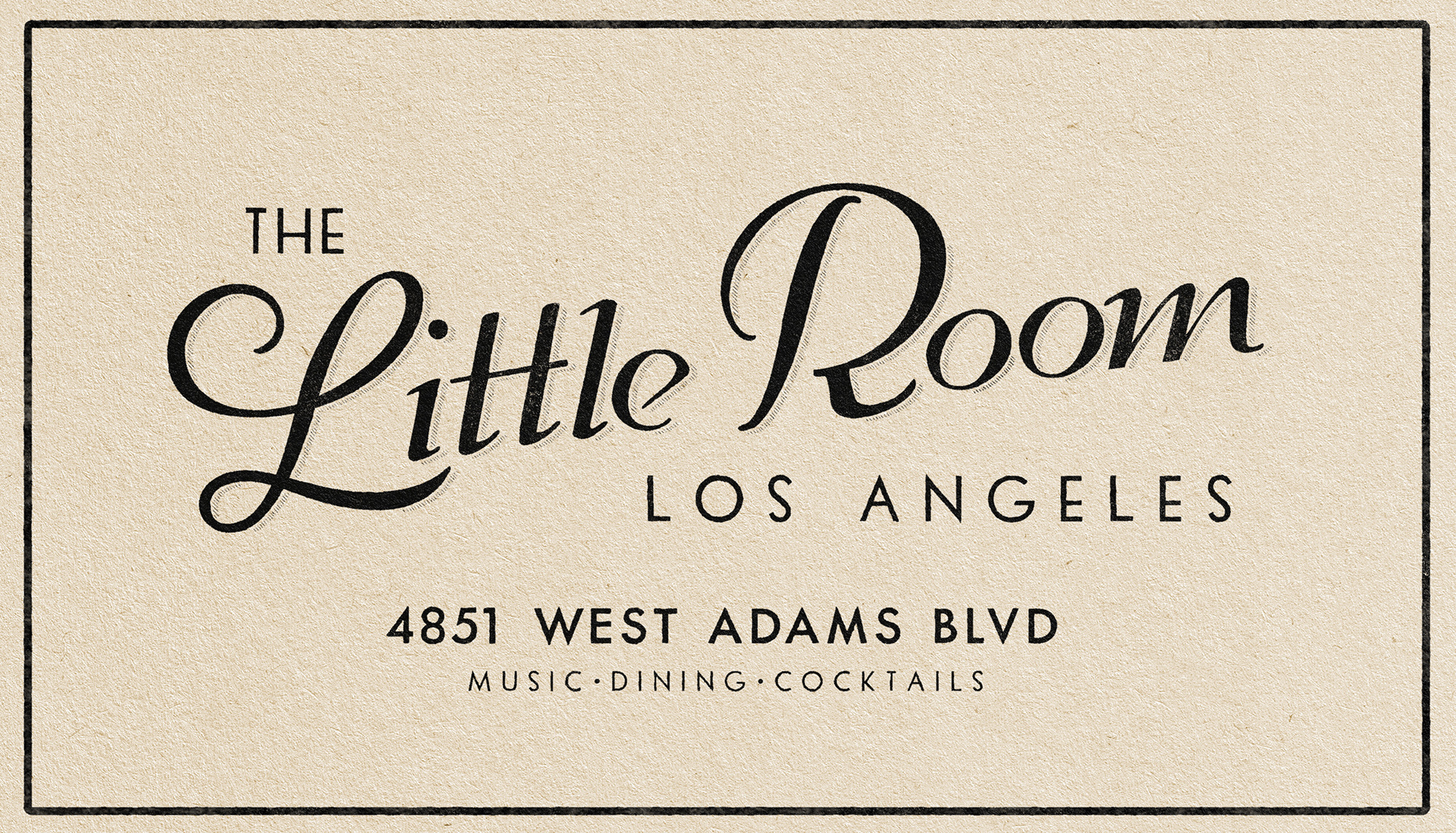
The Little Room Mockups
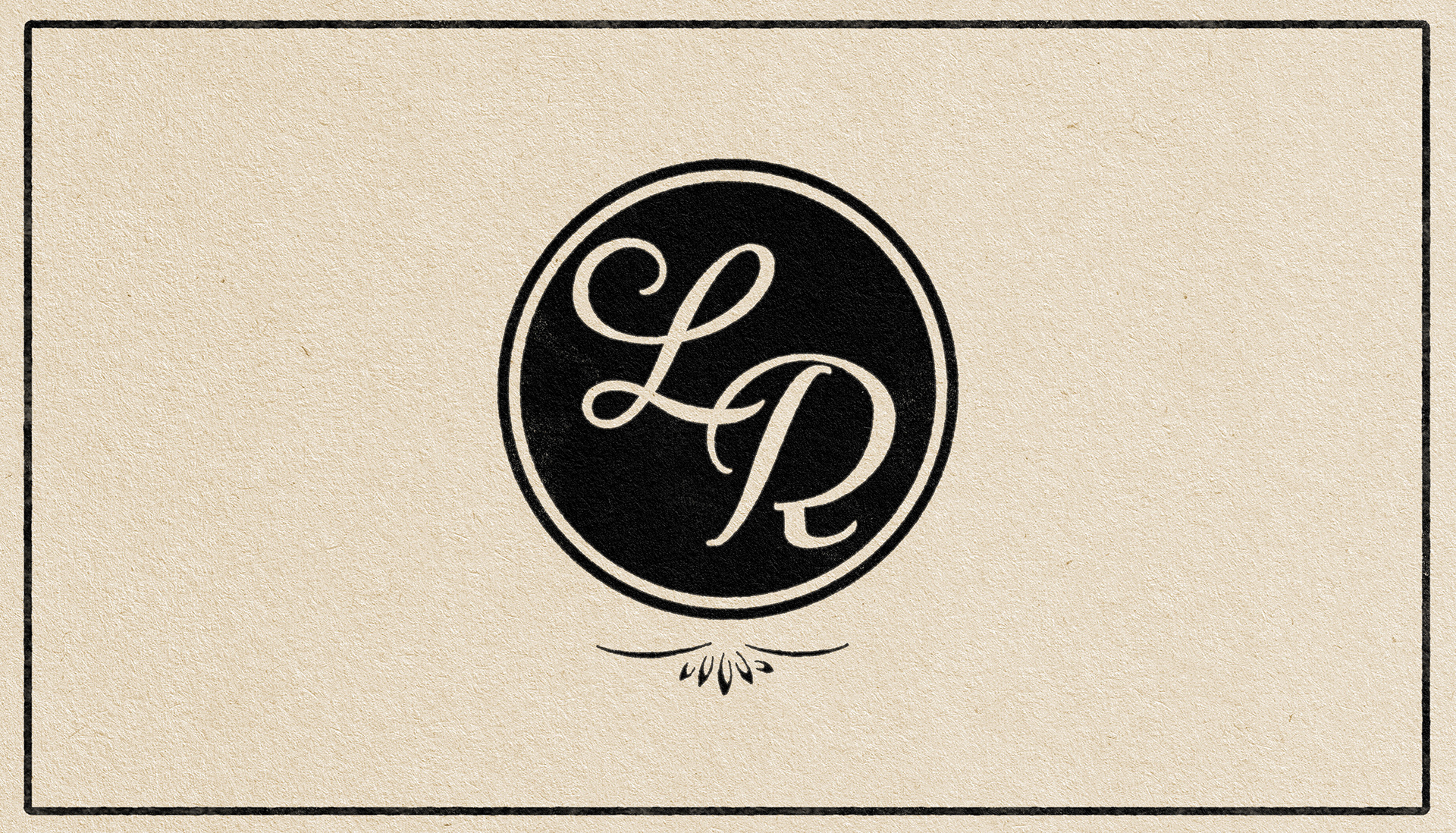
The Little Room Mockups
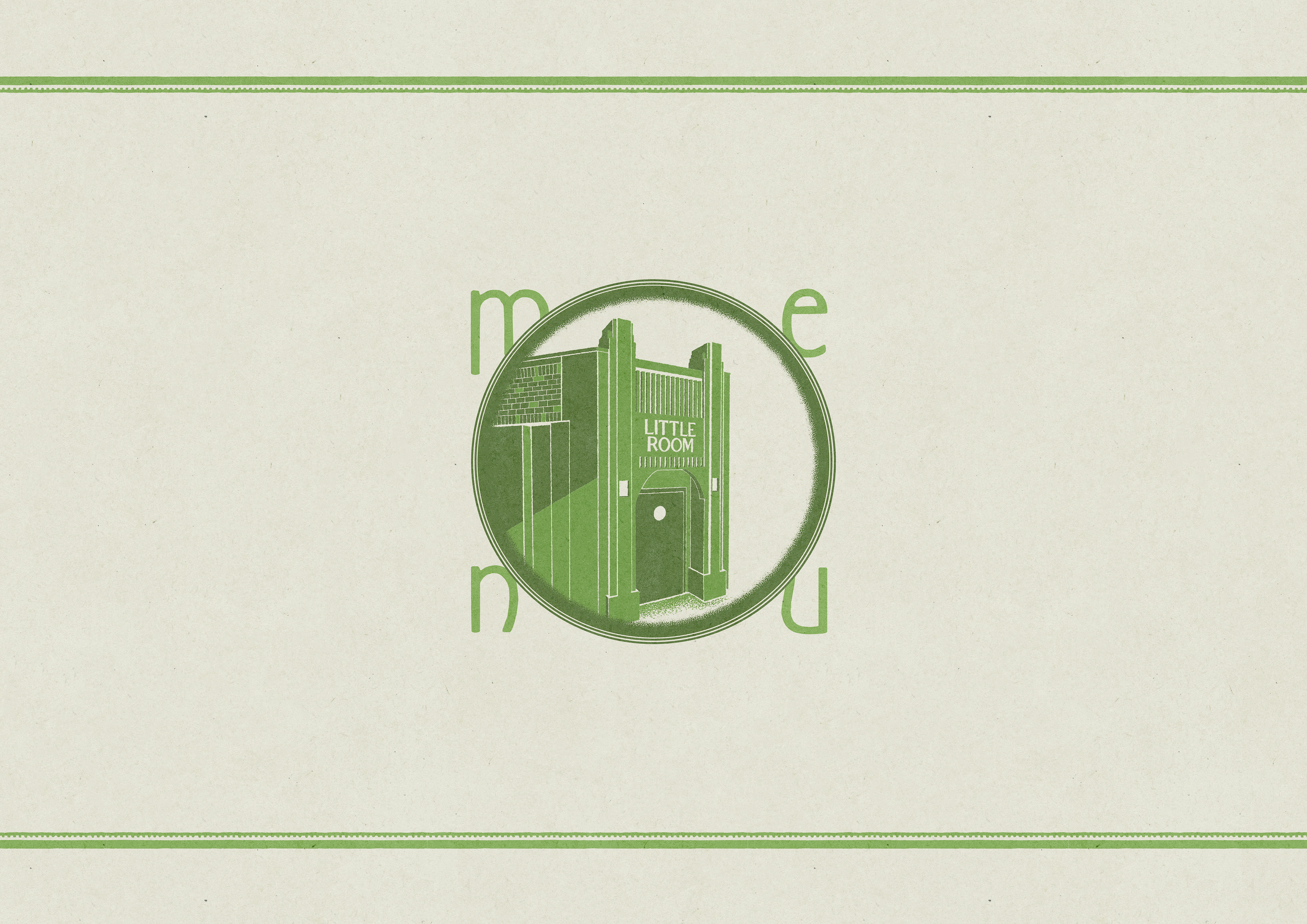
TLR Menu Mockup
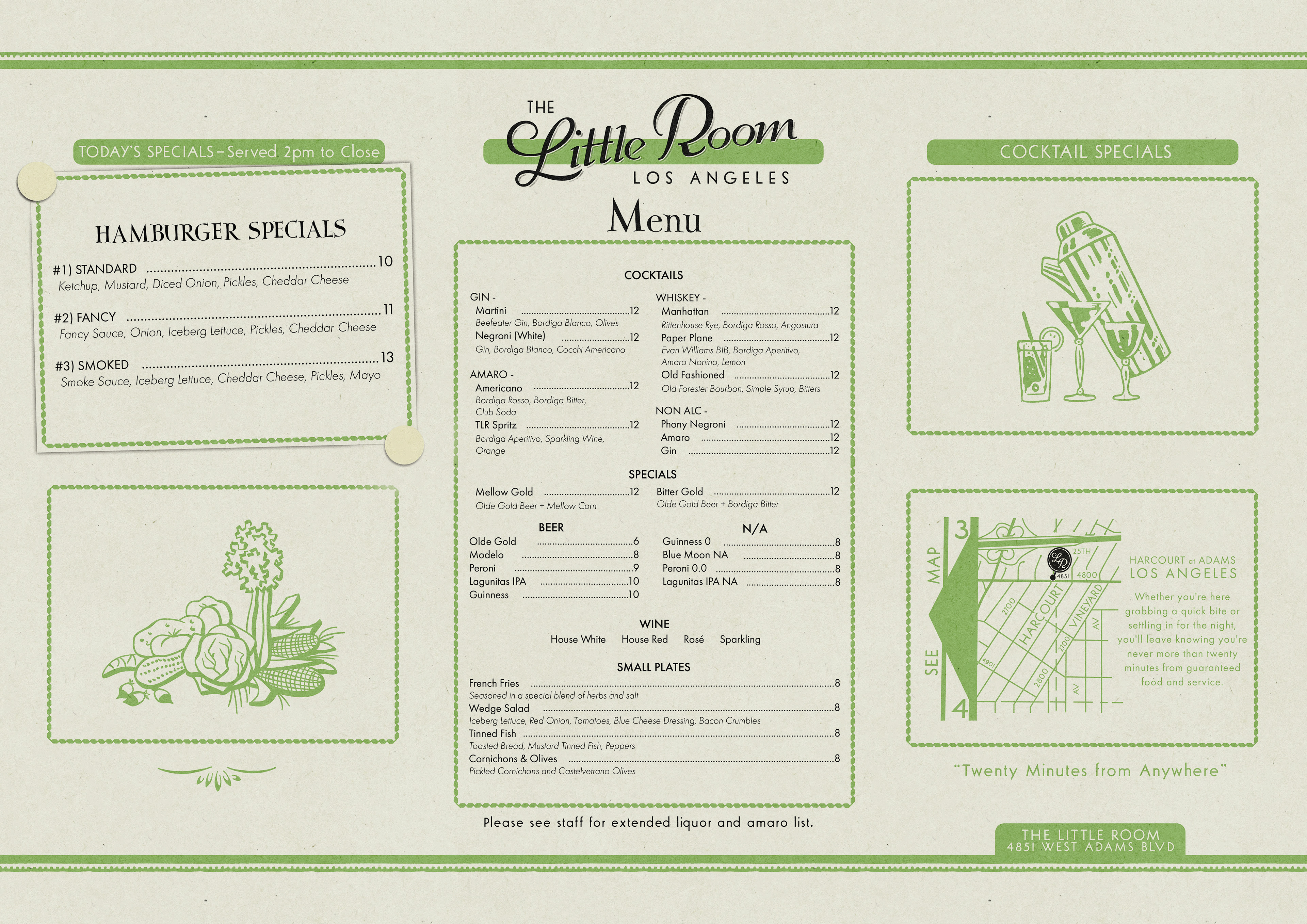
TLR Menu Mockup
PROCESS
With the lettering direction wide open, I explored a range of tonal styles to gauge what resonated. We landed on a delicate script inspired by the late 1940s, paired with supporting typography and design elements that retained the spirit of the deco period. A distinctive shade of green selected early by the client, helped anchor the identity across the brand.
I designed the menu layout with an emphasis on cocktails and beer as the mainstays, while allowing flexibility for rotating food specials. Daily specials were intended to shift based on seasonal ingredients and what was available from local grocers. To support that, I built the menu system around a consistent base layout, with space to “tack on” small cards that could be printed in-house. This approach kept reprints minimal while reinforcing the idea of a restaurant that evolves day by day.
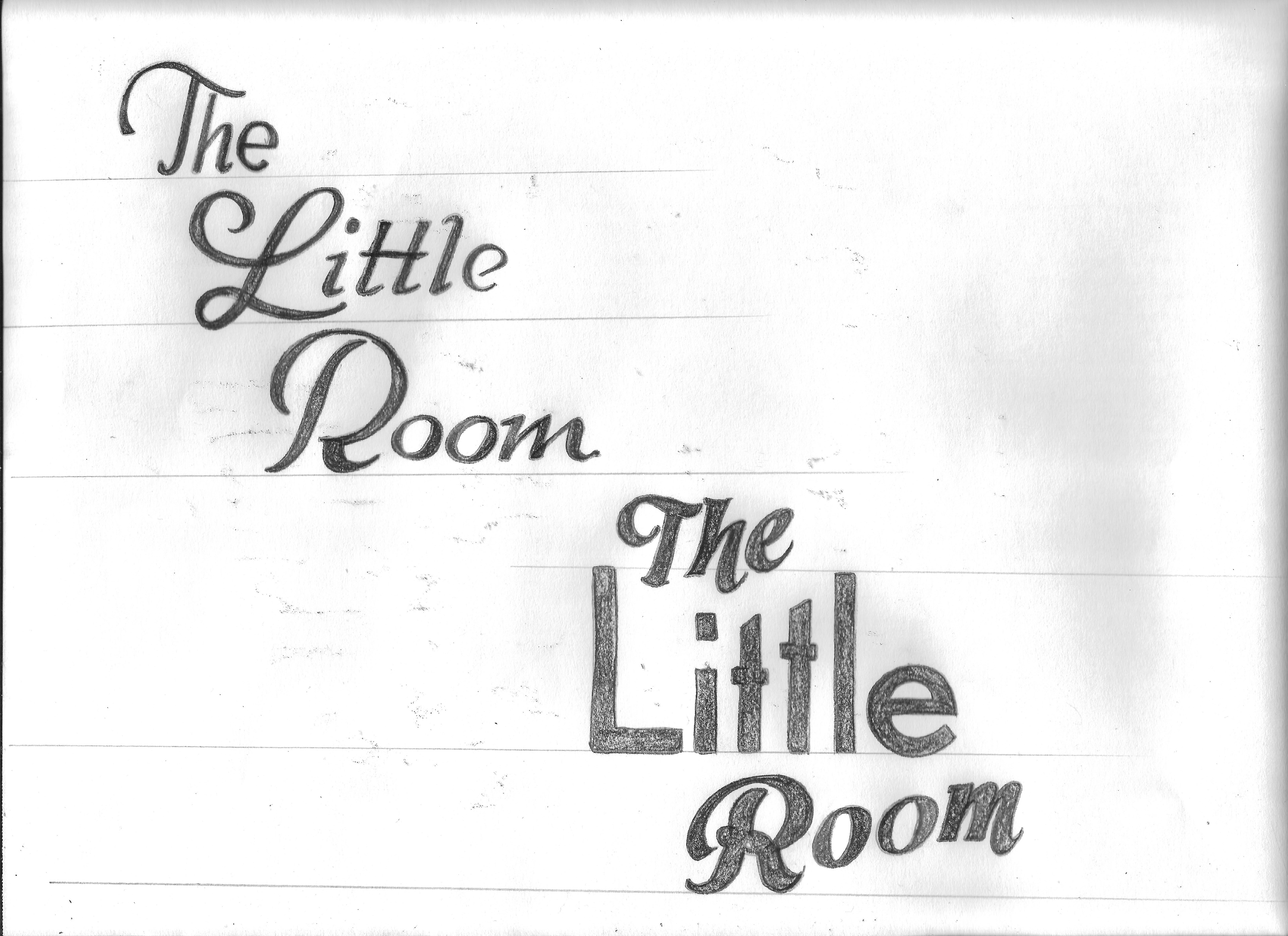
Early TLR Sketches
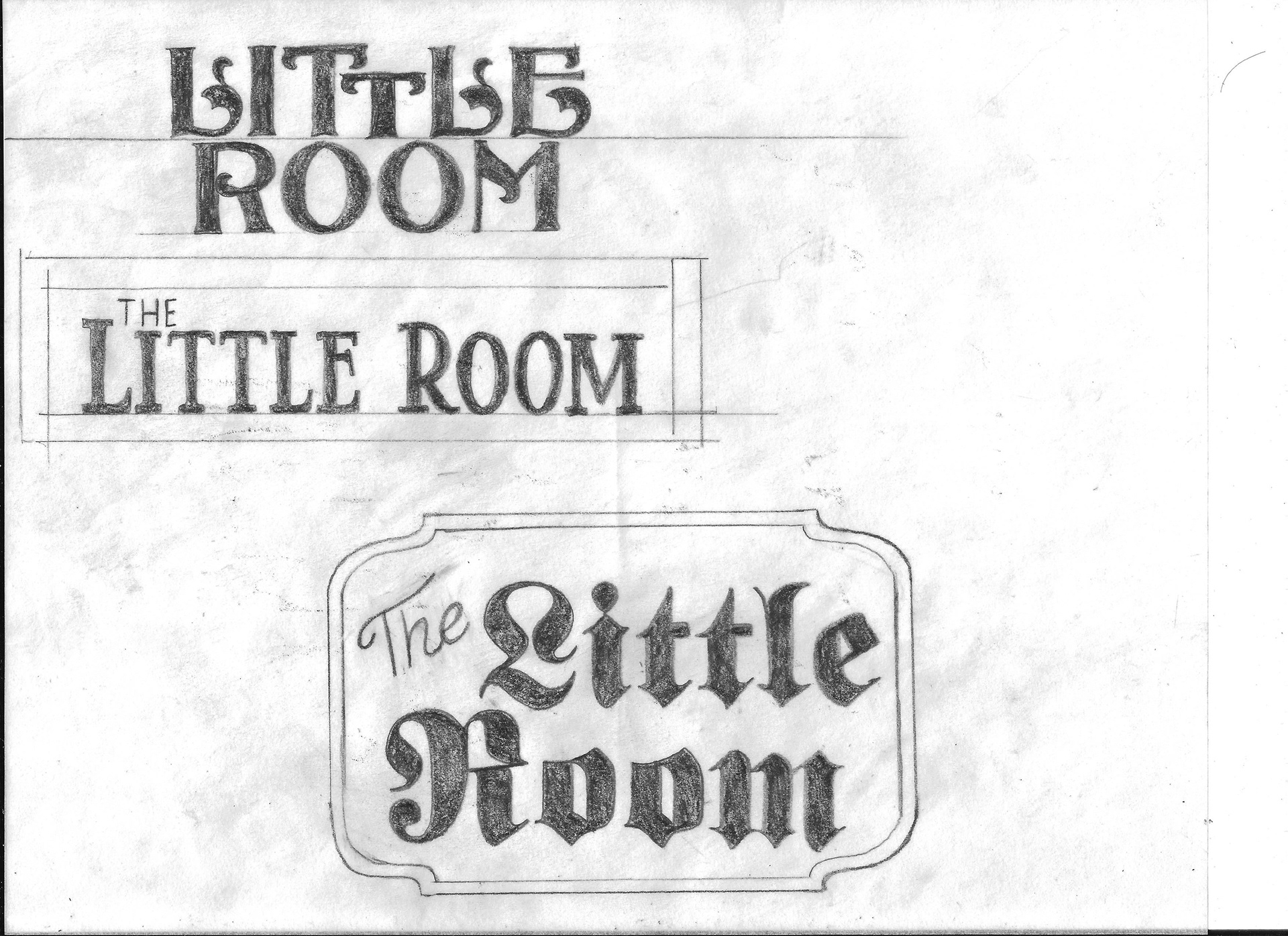
Early TLR Sketches
FACADE
In addition to The Little Room logo, I was asked to design a new facade as part of the restaurant’s buildout. This created an opportunity to bring branding into the architecture itself, with custom lettering that complemented—but didn’t replicate the main logo.


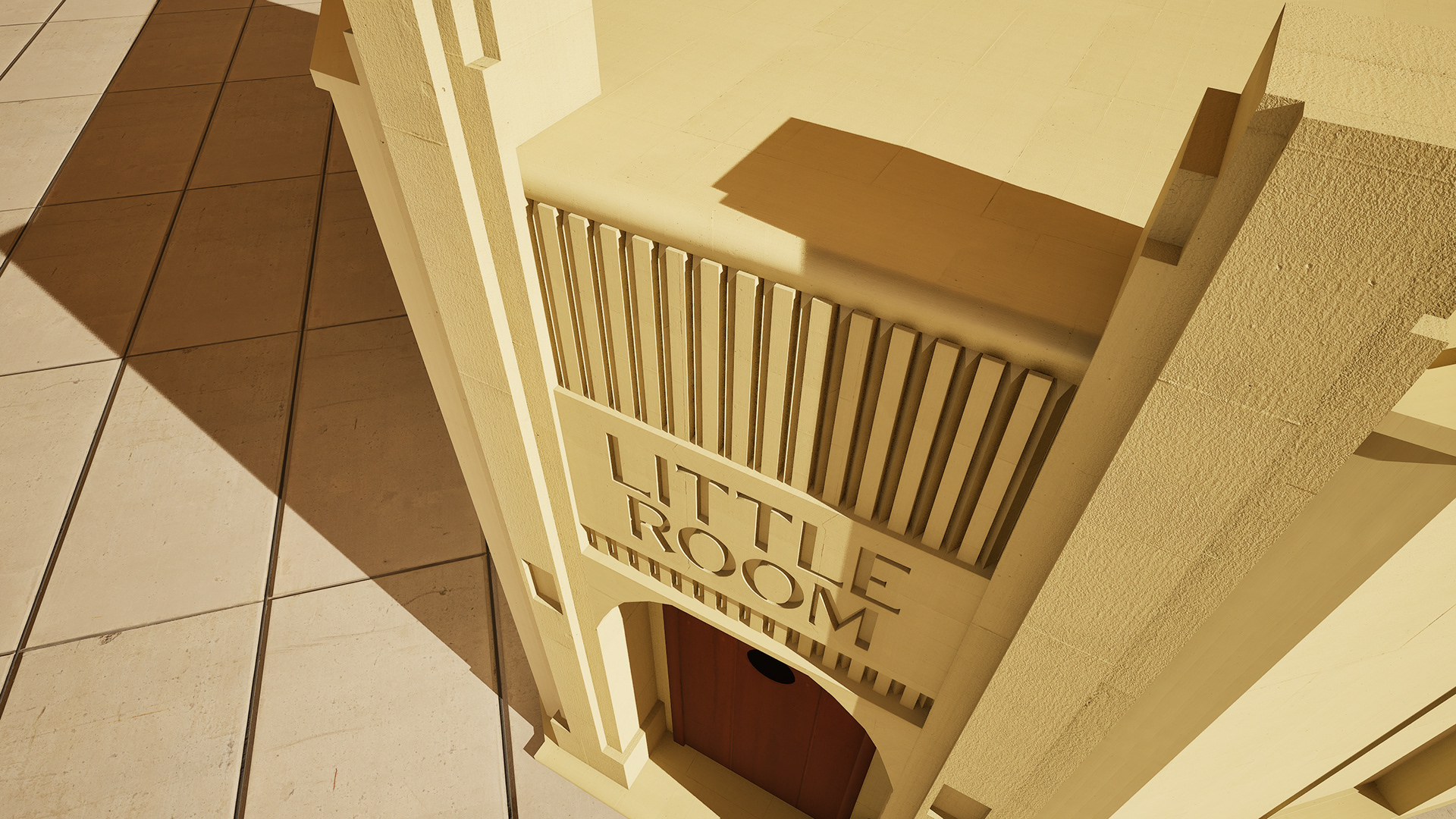

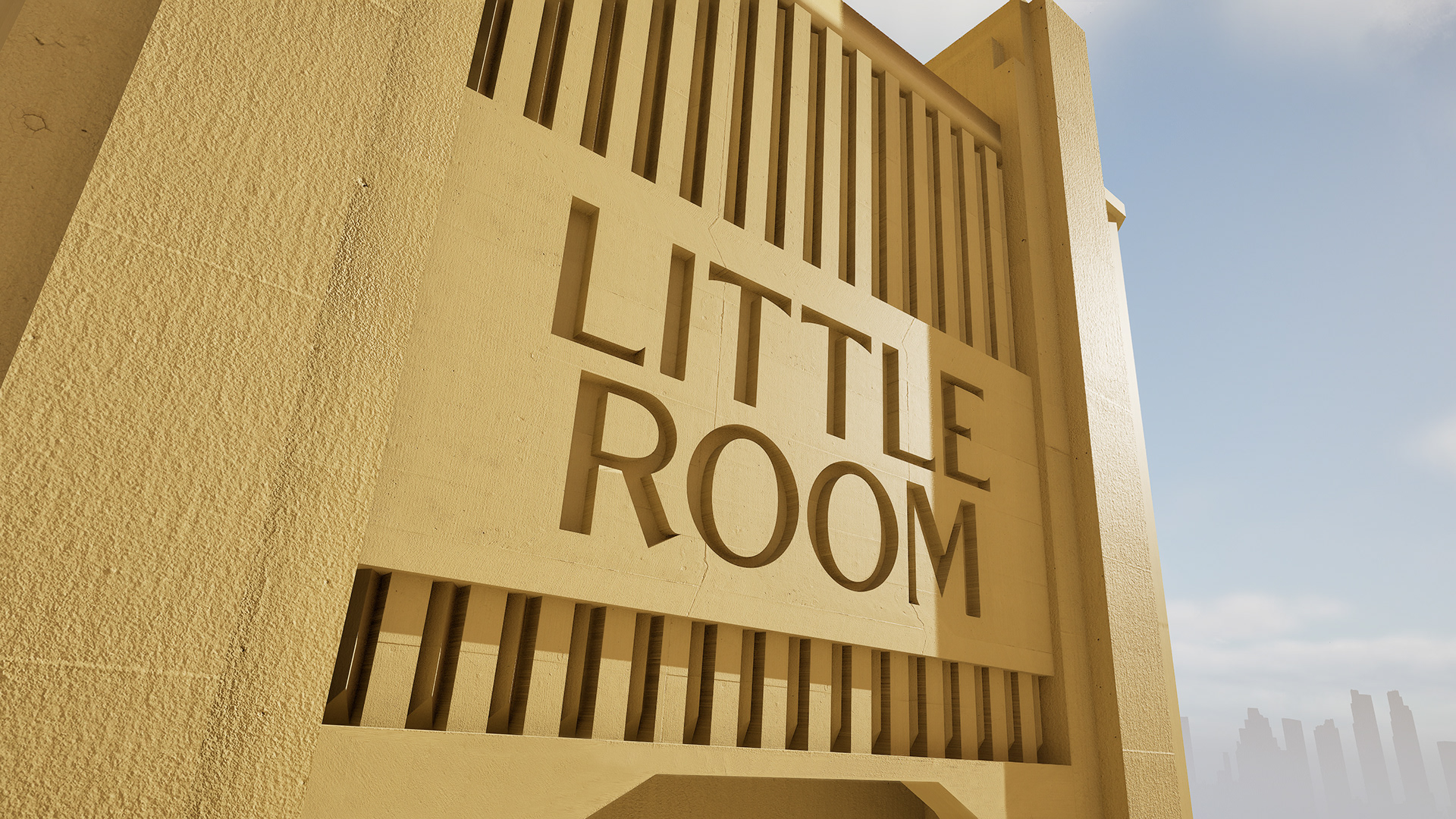
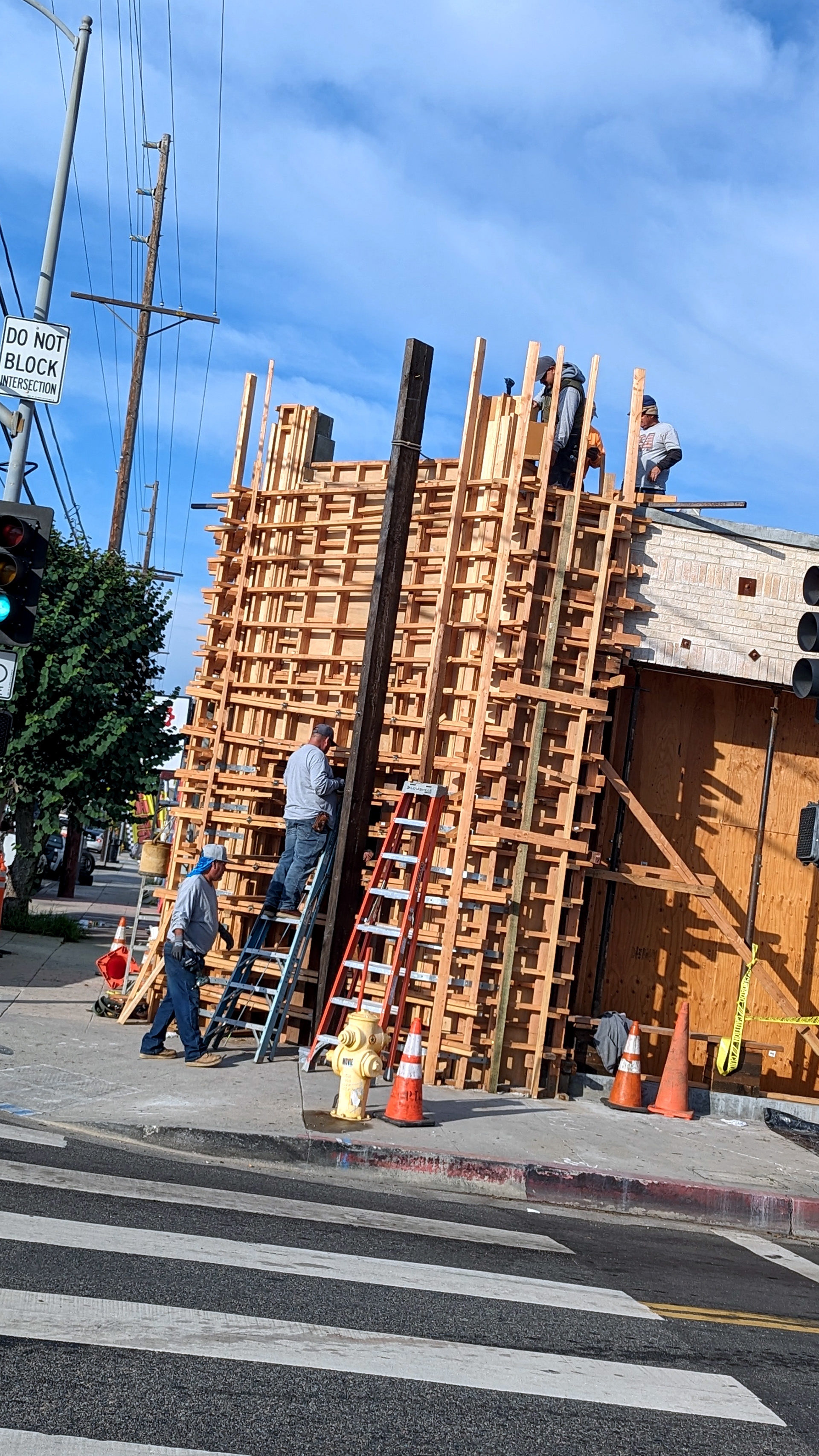

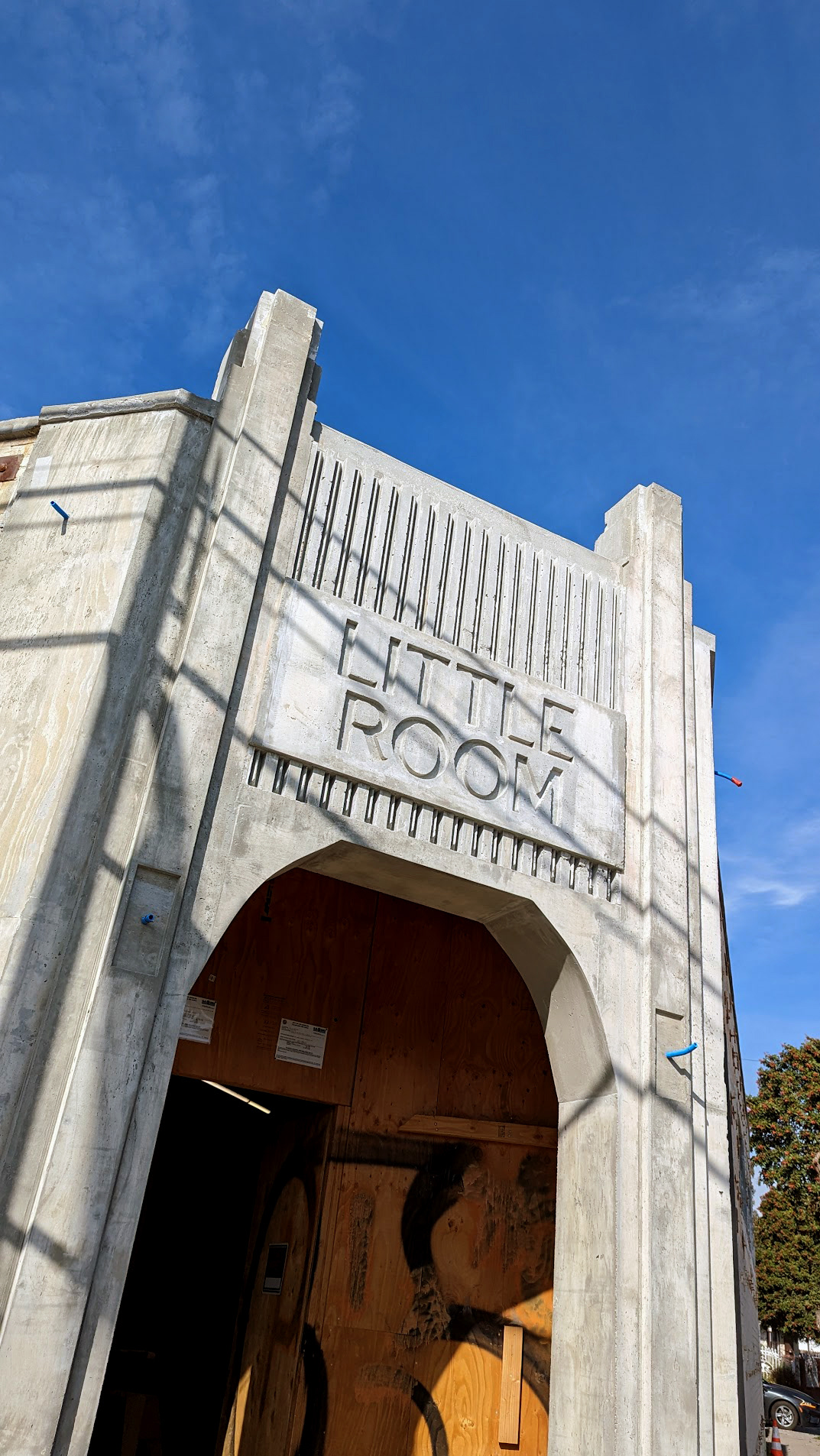

PROCESS
To reinforce the concept that the restaurant was inspired by the history of Los Angeles, I drew from the visual language of my favorite Los Angeles municipal buildings built in the 1930s. Many of these structures, a blend of stripped classicism and art deco, informed a design that pairs deco detailing with a Greco-Roman silhouette—creating a facade that feels like it’s always been there.
Knowing the structure would be poured concrete, with ornamentation set into a recessed plane using wood forms, I began by drawing the "Little Room" lettering. From there, I built out the design in 3D modeling software. My renderings were rough compared to the 3D artists I’d worked with in the game industry—but they served their purpose: communicating the design intent clearly through diagrams and renders for the engineering and construction teams.
